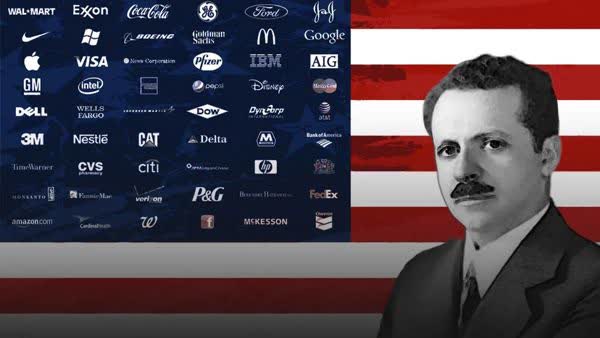Have you ever paused to wonder why breakfast is heralded as the most important meal of the day, or why cigarettes became a symbol of freedom for women? These beliefs feel personal—but in reality, many are the product of strategic persuasion. Behind them stands Edward Bernays, often called the “father of public relations,” a man who transformed psychological theory into billion-dollar industries and shaped modern consumer culture.
From Freud to the Market: The Man Behind the Movement
Edward Bernays was the nephew of Sigmund Freud — yes, that Freud, whose theories on the unconscious mind, desire, and social instincts made waves in psychology. Bernays took these insights and wove them into the art of persuasion. He didn’t just sell products; he sold belief systems. He convinced people to want things they never considered, and to believe their desires were their own.
Lighting Tobacco with “Torches of Freedom”
In 1929, women smoking in public was deeply taboo. George Washington Hill, head of the American Tobacco Company, saw potential in winning over half of the population—but first the taboo had to be broken. Bernays was enlisted. Through a clever stunt during New York City’s Easter Parade, he arranged for women to smoke openly, branding the cigarettes as “Torches of Freedom.” The media picked up the moment, framing it as an act of defiance, emancipation, and equality. By the end of that first year, female cigarette consumption had more than doubled—from about 5 % to 12 %.
How Bacon & Eggs Became “All-American Breakfast”
Before industrialization radically altered American life, breakfast habits were simple—whatever was available at home. That changed in the 1920s. Bernays was hired by the Beech-Nut Packing Company to increase sales of bacon. He commissioned studies, consulted doctors, and persuaded thousands of physicians that a hearty breakfast was healthier than a light one. He publicized the conclusions widely, associating bacon and eggs with vigor and proper American mornings. The result: bacon and eggs moved from occasional luxury to social norm.
Selling Happiness, Selling Status
Bernays didn’t stop with breakfast or cigarettes. He made clear that happiness could be bought—that owning certain products was synonymous with being someone. Brands like Procter & Gamble, CBS, automotive companies, and others became the conduits of social prestige. Whether owning the latest gadget, wearing a popular shoe, or dining at a trendy café, these choices were made to signal status. In Bernays’ model, the goal was to manufacture desire so that people would pay, consume, and thereby become part of a certain identity.
More Than Advertising: Shaping the Public Mind
What made Bernays unique wasn’t just his client list—it was that he saw public relations as a way to shape collective consciousness. He believed that opinions, habits, and norms could be engineered—with events, with media, with experts, with symbols. “Engineering Consent,” one of his etchings, describes this approach: using social science to craft messages, using media to seed ideas, and using psychology to steer public behavior. It wasn’t enough to tell people what to buy; he told them how to think.
Conclusion: Behind the Choices You Think Are Yours
When you reach for your morning eggs, choose a brand, flick on a cigarette, or believe in what “success” looks like—remember that many of these choices have been carefully curated, by people like Edward Bernays, who understood that the mind is both the market and the mold. The culture of consumerism didn’t arise spontaneously; it was engineered.
From: fars


